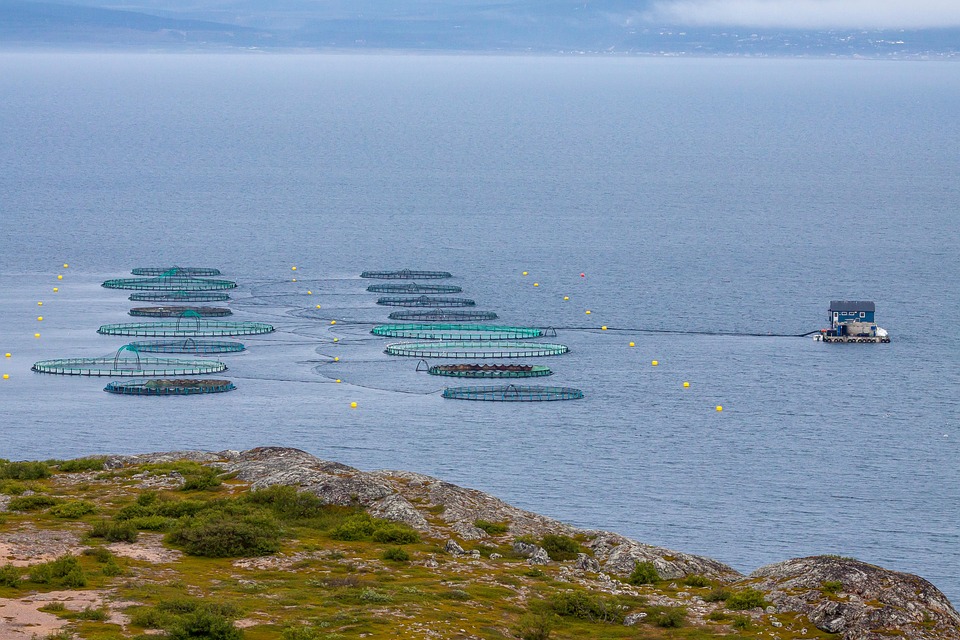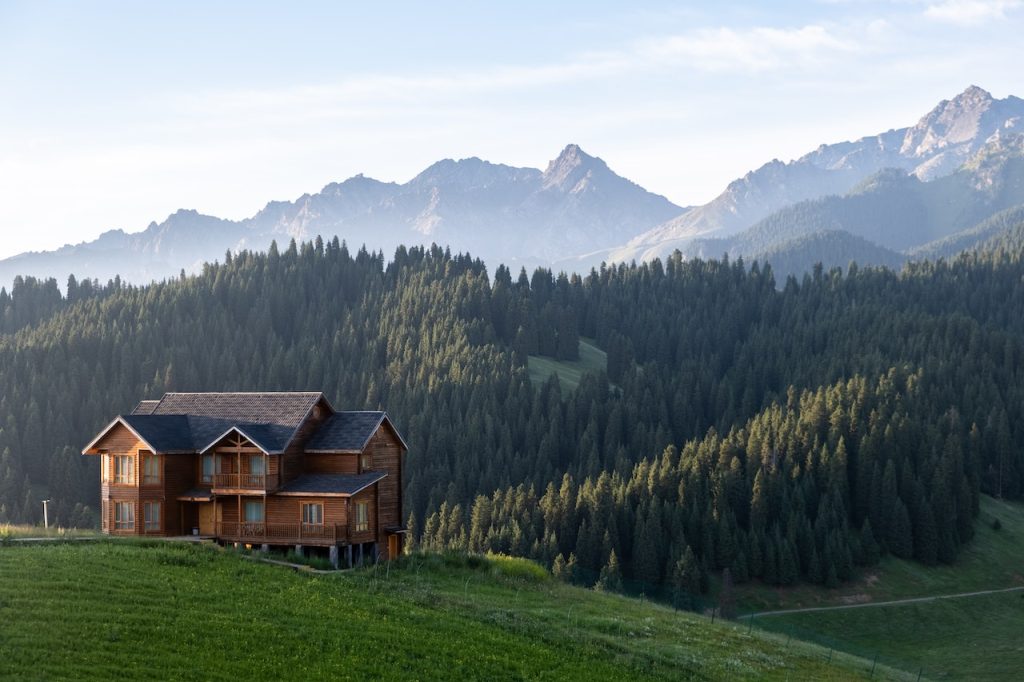# Embrace the Joy of Sustainable Living: Your Guide to Thriving off the Grid
There was a crisp morning a few springs ago when I first tasted the freedom of living off the grid. The sun was just peeking over the horizon, casting golden rays across my garden. I threw on my well-worn boots, grabbed a basket, and headed out to gather fresh produce for breakfast. That day, I harvested heirloom tomatoes, fragrant basil, and the sweetest strawberries I had ever tasted. With each bite of my homemade tomato basil salad drizzled with olive oil—made from my very own olives—I realized that sustainable living was not just a lifestyle; it was pure joy. From that moment on, I made it my mission to inspire others to explore the fulfilling world of sustainable farming and gardening, where every seed planted leads to a bountiful harvest and every day brings a new adventure.
## Why Choose Sustainable Living?
Sustainable living is not merely a trend; it’s a conscious choice that opens the door to a healthier lifestyle, a closer relationship with the earth, and a stronger connection to community. It involves practices that promote environmental stewardship while offering tangible benefits like reduced utility bills, fresher food, and improved mental well-being. Here are a few compelling reasons to consider this vibrant way of life:
### 1. Environmental Impact
By growing your own food and using renewable resources, you can significantly reduce your carbon footprint. Transportation, packaging, and storage contribute a lot to greenhouse gas emissions, and when you rely on local produce, you help diminish this impact.
### 2. Health Benefits
Freshly harvested produce is not just tastier; it’s healthier! You control what goes into your soil, meaning no pesticides, herbicides, or artificial fertilizers. Plus, gardening is a physical activity that keeps you motivated and moving.
### 3. Community Connection
Living sustainably often means engaging with your local community—whether it’s trading crops with neighbors or participating in community-supported agriculture (CSA) programs. These connections deepen our sense of belonging in an increasingly disconnected world.
## Getting Started: The Basics of Sustainable Farming
### 1. Choose the Right Location
If you’re planning to grow your own food, consider the location of your garden. Look for a spot that receives at least 6-8 hours of sunlight daily, has good drainage, and is easily accessible. If you can, enrich your soil with organic compost to give your plants an optimal start.
### 2. Embrace Permaculture Principles
Permaculture is a design philosophy that mimics natural ecosystems. The goal is to create a self-sustaining system that requires minimal human intervention. Implementing permaculture principles may include:
– **Zone Planning**: Place your most frequently accessed crops closest to your living space.
– **Companion Planting**: Some plants naturally benefit each other when grown together (like tomatoes and basil!), so plan your garden accordingly.
### 3. Start Small and Grow
Have you ever tried to run a marathon without training? Starting small with your sustainable farming adventure is no different! Begin with a few pots of herbs on your windowsill or a small garden bed in your yard. As you gain confidence, you can expand to a full vegetable garden.
## Planting and Maintaining Your Garden
### 1. Seasonal Planning
Understanding your local climate and growing seasons is crucial. Research what crops will thrive in your area and plan your planting schedule accordingly. There are plenty of online resources and local gardening clubs that can provide guidance.
### 2. Organic Gardening Techniques
Adopting organic gardening practices ensures that your plants grow without harmful chemicals. Here are a few techniques to consider:
– **Crop Rotation**: This practice minimizes soil depletion and prevents pests.
– **Natural Fertilizers**: Use compost, manure, or organic fertilizers to enrich your soil.
### 3. Pest Management
It’s essential to keep pests at bay while maintaining your garden’s ecosystem. Here are some natural pest control methods:
– **Beneficial Insects**: Ladybugs and lacewings will feast on common garden pests.
– **Homemade Sprays**: A mix of soap and water can deter aphids and other small pests without harming the environment.
## Harvesting: The Sweet Reward
After months of hard work, the time finally arrives to collect the fruits (and vegetables) of your labor. Be sure to:
– **Harvest Regularly**: The more you pick, the more your plants will produce. Plus, fresh fruits and greens have the best flavor.
– **Store Properly**: Learn proper storage techniques to maximize the shelf life of your produce. For example, keep tomatoes at room temperature for the best taste, and refrigerate leafy greens.
## Off-Grid Living: Beyond Gardening
While gardening is often the centerpiece of a sustainable lifestyle, there are other aspects to consider as well:
### 1. Renewable Energy Sources
Solar panels, wind turbines, and micro-hydro systems can provide electricity independent of the grid. Start with a small solar setup to learn the ropes before expanding.
### 2. Water Conservation Techniques
Collecting rainwater in barrels provides an excellent water source for your garden while minimizing your reliance on municipal water systems. Additionally, consider installing drip irrigation systems for efficient water use.
### 3. DIY Skills
Learning to fix things around your home saves money and fosters independence. Whether it’s building furniture from reclaimed wood or sewing your own clothes, these skills can greatly enhance your self-sufficiency.
## Pro Tips for Sustainable Living Success
1. **Join Local Groups**: Connect with like-minded individuals in your area who are also passionate about sustainable practices. They can offer advice, seeds, or even labor support!
2. **Document Your Journey**: Keep a journal of what worked and what didn’t in your garden. This will help you improve year after year.
3. **Stay Patient and Flexible**: Engaging with nature often involves learning patience. Embrace the unpredictability of gardening; it’s all part of the adventure!
4. **Educate Your Family**: Involve your family in gardening and teach children about the importance of sustainable living. This knowledge enriches their lives and builds a collective responsibility toward the environment.
5. **Think Beyond Food**: Explore other aspects of off-grid living, like foraging for wild plants, growing medicinal herbs, or crafting your own cleaning products.
## Conclusion: The Joys of Sustainability
Choosing to live sustainably is not just about the benefits it brings to your life; it’s about a deeper connection to the earth, a more harmonious way of living, and the joy that comes from nurturing our surroundings. Whether you’re harvesting your first crop or installing solar panels, every step towards sustainable living is a step toward a healthier planet. So roll up your sleeves, get your hands in the dirt, and enjoy the rich tapestry of life that sustainable living has to offer!
Whether your next adventure is starting a new garden bed, building a rainwater catchment system, or sharing your harvest with a neighbor, the possibilities are boundless—and filled with joy. After all, the journey of living sustainably is not just about surviving; it’s about thriving!



